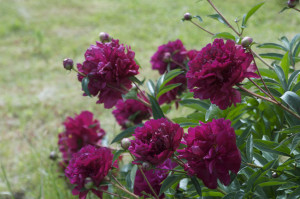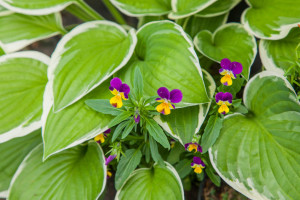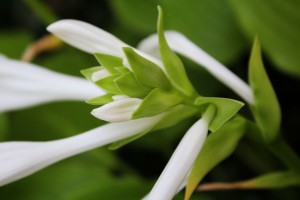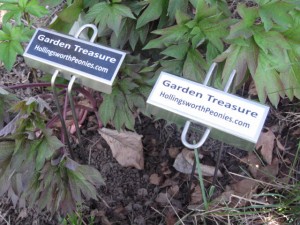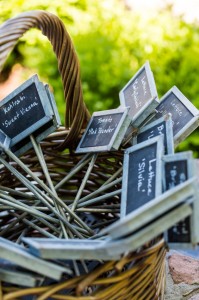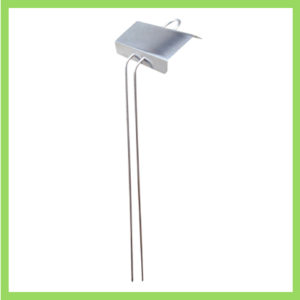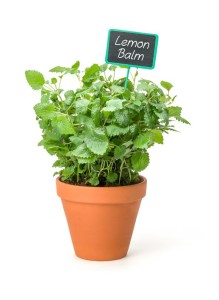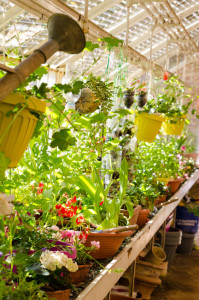Planting One More Row of Crops With Garden Markers for Those Struggling With Hunger in Your Community
 Are you the gardener who plants just enough to feed your family or plants so much that you cart it to the break room table at work? Surplus isn’t a bad thing—especially when most seed packets offer more than what most backyard gardeners need. But there is a need in your community for the many people who go hungry every day. The Garden Writers Foundation (GWA) coordinates a service program called Plant a Row (PAR) that helps put some of that extra produce from your garden into the hands of those who need it. With an extra row of crops, and maybe a few more garden markers, gardeners across the country are helping fight hunger in their community.
Are you the gardener who plants just enough to feed your family or plants so much that you cart it to the break room table at work? Surplus isn’t a bad thing—especially when most seed packets offer more than what most backyard gardeners need. But there is a need in your community for the many people who go hungry every day. The Garden Writers Foundation (GWA) coordinates a service program called Plant a Row (PAR) that helps put some of that extra produce from your garden into the hands of those who need it. With an extra row of crops, and maybe a few more garden markers, gardeners across the country are helping fight hunger in their community.
PAR encourages gardeners to plant at least one extra row of produce in their garden to give away to local food banks or community organizations who give food to families who need it. Why keep extra seeds in a packet that won’t produce in later years? Whether your row is five more seeds or 50 more seeds, that row is a gift to the families in your community. Any gift given is a blessing to these families.
PAR began as a local project in Anchorage, Alaska and the GWA decided to spread the idea nationally. Since 1995, over 20 million pounds of food has been selflessly grown and given away to needy families across the country. GWA says that the contribution has been equivalent to providing 80 million meals.
Some people lack the money, gardening space, skill, time or interest to plant a garden and would be benefiting from healthy locally-grown food. Those of you gardeners out there know that produce picked ripe from your garden and eaten that same day has a superior taste to the produce that is transported across the nation and sits on grocery shelves for days before it’s purchased. The earlier produce is consumed, the more nutrients it offers your body. Eating healthy produce means less illness and healthier living. Projects like PAR offer families a crisp flavorful taste of homegrown produce and may inspire these families to plant some seeds of their own.
Kincaid Plant Markers would be privileged to know that their garden markers are watching over plants that can improve and even save lives. If you’re planting just one more row of carrots or spinach, you could use your same garden markers or you might decide to print up one more marker designated for your community—for others. We tend to think of gardeners as natural givers. It seems every gardener shares at one time or another—a few tomatoes for the young neighbor who keeps peering over the fence at those red juicy globes, a bag of green beans for the food kitchen, or a feast for friends celebrating a good harvest. One more row to you is just a minute more of planting seeds. To those you feed it is a feast of hope, happiness and health.

